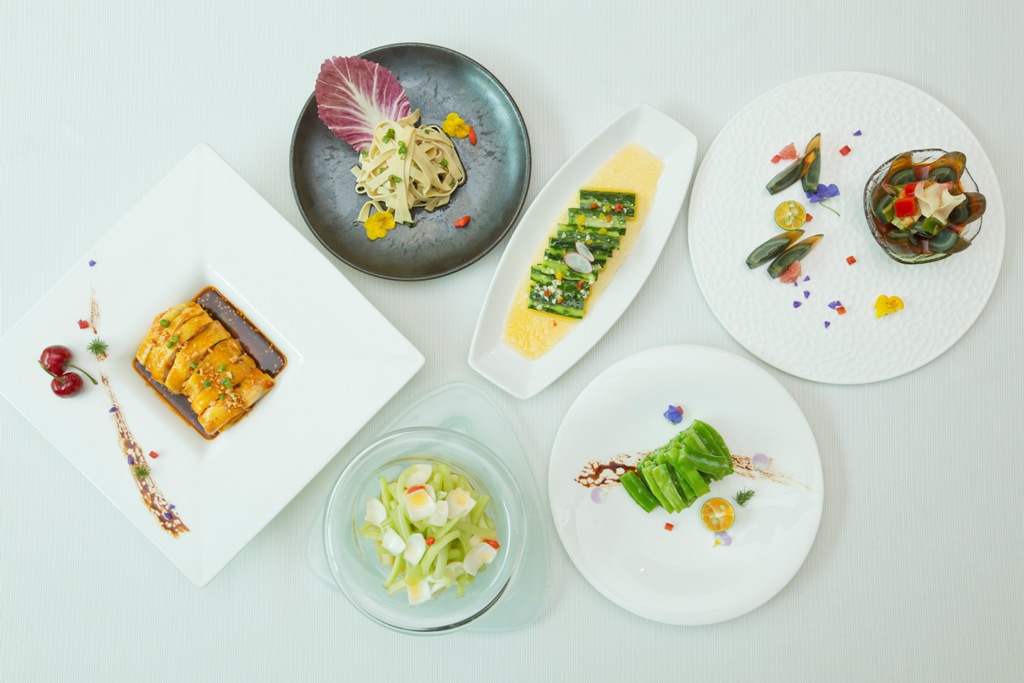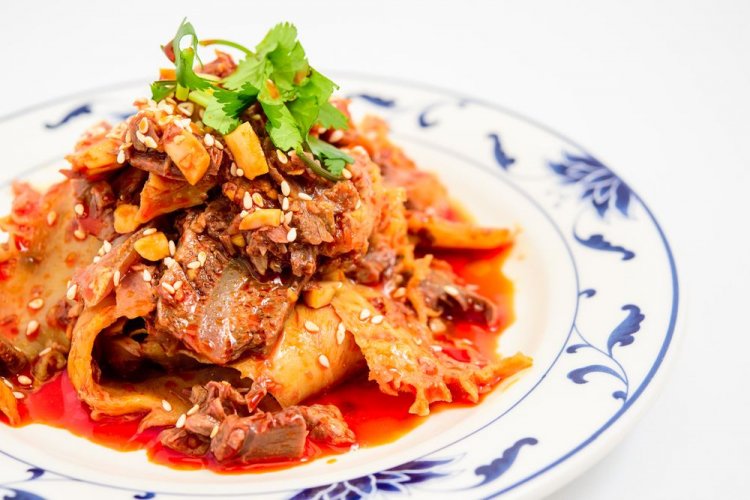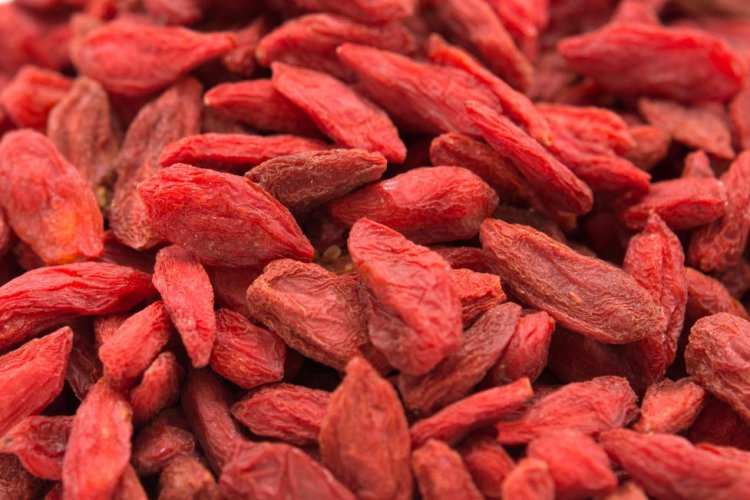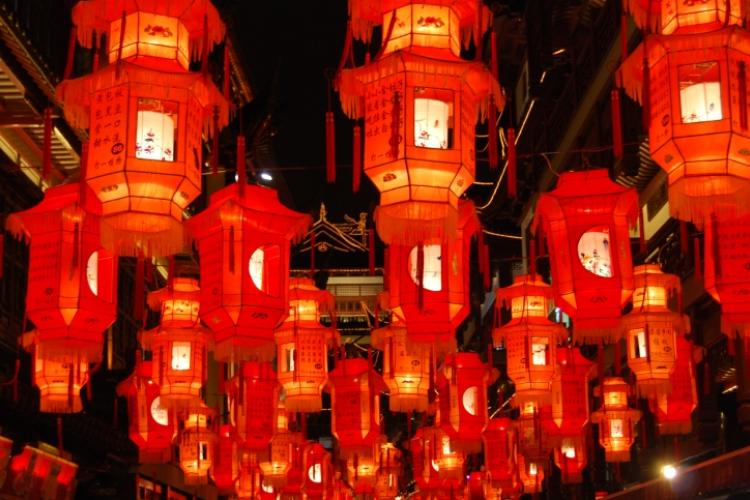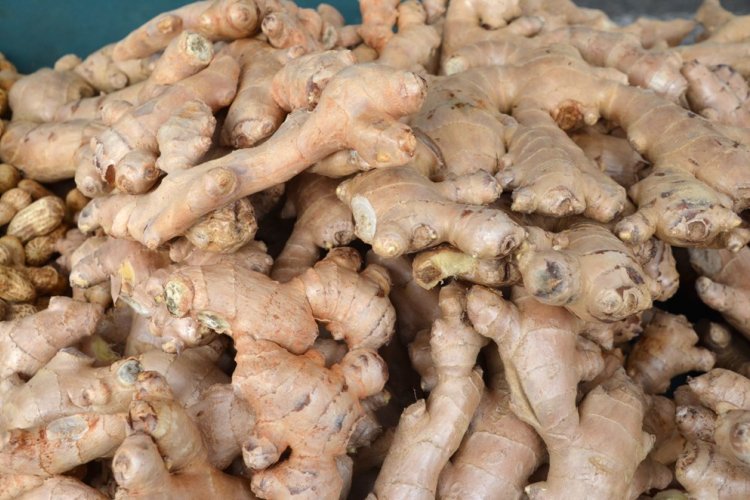Chill Out: A Guide to Popular Chinese Cold Dishes
With the steamy Beijing summer firmly upon us, our thoughts are turning to fresher, lighter dishes and cold salads. Chinese cuisine boasts a wide array of cold dishes, known as liangcai (凉菜), which are usually served at the start of a meal to stimulate the appetite. These are just a few of our favorites, which can be found on the menu of most pan-Chinese and homestyle Chinese restaurants, as well as Ritz-Carlton Beijing’s Cantonese restaurant Yu, where this piece was photographed.

Shredded tofu skin salad (凉拌豆腐皮 liangban doufupi)
If you find the name “tofu skin” off-putting, try thinking of these flavorful strands of pressed tofu as “tofu noodles” instead. There are hundreds of variations of this dish, but it’s in northern China that you will most likely find the tofu skin mixed with finely shredded cabbage and carrots, and finished with savory soy sauce.

Sichuan chicken in chili oil (口水鸡 kou shui ji)
The name of this dish literally translates as “saliva chicken” and its spicy flavors with certainly get your mouth watering. Originating from Sichuan, this dish features tender poached chicken dressed with chili oil and Sichuan peppercorns. Some versions also include toasted sesame paste. As the people of Sichuan are well aware, eating spicy food actually helps to cool down your body in the long term because it makes you sweat more.

Cold tossed winged beans (凉拌四棱豆 liangban silengdou)
Liangban (凉拌, literally “cold tossed”) is a catch-all term for any number of cold vegetable dishes dressed with a light sauce, most often made with a combination of vinegar, salt, and a touch of sugar. These salad-like items are perfect for summer. Here, winged beans – a legume popular in Southeast Asia – have been given the liangban treatment.

Century eggs with ginger (姜汁皮蛋 jiangzhi pidan)
Despite the name (and their slightly alarming appearance), century eggs are not actually 100 years old. After being preserved for a few weeks in an alkaline mixture, the eggs develop a salty flavor and take on their signature dark brown hue. Slices of pickled or young ginger are often served alongside preserved eggs to counter their richness.

Cold celery and lily bulb (西芹百合 xiqin baihe)
In the West, we may think of lilies as a decorative flower but in China, the bulbs are also grown for food consumption. Lily bulbs are considered to be a yin ingredient with a cooling effect on the body, making them an essential summer ingredient. They are often combined with celery, another cooling, fresh vegetable.

Smacked cucumbers (拍黄瓜 pai huanggua)
Of all the cold dishes in the Chinese culinary canon, pai huanggua, or smacked cucumbers, is perhaps the most essential, particularly on northern Chinese tables. The secret of this dish lies in “smacking” the cucumber (not a euphemism), which allows the flavors of the sauce – usually heavy on garlic and vinegar – to mix fully with the vegetable.
This article first appeared in the July/August issue of the Beijinger.
More stories by this author here.
Instagram: @gongbaobeijing
Twitter: @gongbaobeijing
Weibo: @宫保北京
Photos: Uni You

